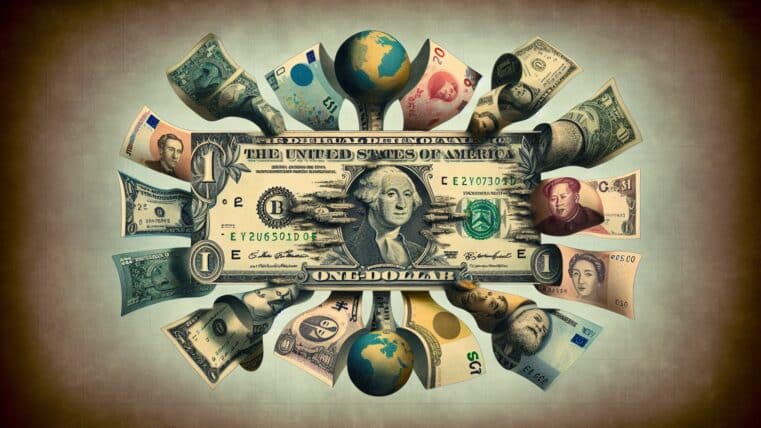
Fed Freezes Rates While the Economy Smolders—Here’s What They’re Not Telling You
The Federal Reserve kept interest rates frozen this week at a range of 4.25% to 4.5%, marking its third straight meeting of standing still while inflation continues to erode American purchasing power. Chair Jerome Powell stood behind the same tired refrain—“uncertainty,” “patience,” “solid footing”—but behind the platitudes lies a far uglier truth: the Fed is cornered, and so is your money.
This isn’t monetary policy. This is crisis management by stalling.
Smoke Signals from a Central Bank in Panic
Don’t be fooled by Powell’s calm tone. The Fed isn’t projecting confidence—it’s projecting fear. With inflation still hovering above their mythical 2% “target” and signs of economic slowdown flashing in multiple sectors, Powell admitted that “risks of higher unemployment and higher inflation have risen.” Translation: we’re staring down stagflation—again.
And yet, Powell says the economy is “in a solid position.” Really? With tariffs rising, imports front-loaded out of panic, job growth cooling, and GDP sputtering in Q1? That’s not stability—it’s the illusion of control. And Powell knows it. His own words betray the truth: “uncertainty about the economy is extremely elevated” and “downside risks have increased.” But instead of decisive action, he offers “patience.”
Tariffs, Inflation, and a Broken Playbook
Powell admitted the obvious: the administration’s tariff hikes are inflationary. Yet the Fed refuses to act preemptively. These policies—massive tariff increases, fiscal gimmicks, regulatory whiplash—are distorting price signals and throttling growth. Still, Powell insists the effects might be “short-lived.” That’s a gamble. And the house always wins—unless you’re holding dollars.
If the inflationary impact from tariffs proves persistent—as history suggests it will—the Fed’s delay will mean only one thing: deeper economic pain and even less room to maneuver when it hits.
The Coming Trap: Stagflation and Sovereign Debt
Powell was cornered when asked about a stagflation scenario: slow growth, high inflation, weak labor markets. His answer? “It would be a complicated and challenging judgment.” That’s an understatement. The Fed’s dual mandate—maximum employment and stable prices—becomes mutually exclusive under stagflation. Choose one, and destroy the other. Choose both, and fail at both.
And let’s not forget the elephant in the vault: the $34 trillion federal debt. Powell can’t raise rates aggressively without blowing up the government’s ability to service that debt. So what’s left? Holding rates steady while praying inflation doesn't roar back to life. Or worse—cutting rates prematurely and lighting a monetary fuse.
Market Roulette and Policy Paralysis
Markets now expect the Fed to stand pat through June and July. FedWatch probability metrics spiked after Powell’s press conference, with a 75% chance of no cut in June and 30% for July. That’s not clarity—it’s hedged uncertainty. And as Morgan Stanley’s Ellen Zentner noted, “stagflation risks are rising,” yet the Fed “will emphasize patience.”
Translation: they’re kicking the can, because the alternative is admitting they’ve lost control.
The truth is that the Fed has no path forward that doesn’t end in pain. Interest rate hikes tank the economy. Cuts fuel inflation. Standing still just stretches the fuse.
The Bigger Picture: Your Money Is at Risk
This is why you can’t afford to keep playing their game. When the people managing the dollar are trapped by politics, tariffs, and policy paralysis, your wealth is the collateral damage. Every dollar you keep in the system is another bet that the Fed knows what it’s doing.
They don’t.
Get out ahead of the next move. Download Bill Brocius’ 7 Steps to Protect Your Account from Bank Failure here.
Want the real picture behind the curtain? Subscribe to Bill’s Inner Circle Newsletter—for just $19.95/month, you’ll get the strategies and insight to weather whatever Powell and company unleash next. And if you haven’t yet, read Bill’s book, The End of Banking As You Know It. The system isn’t reforming. It’s unraveling. Prepare accordingly.











